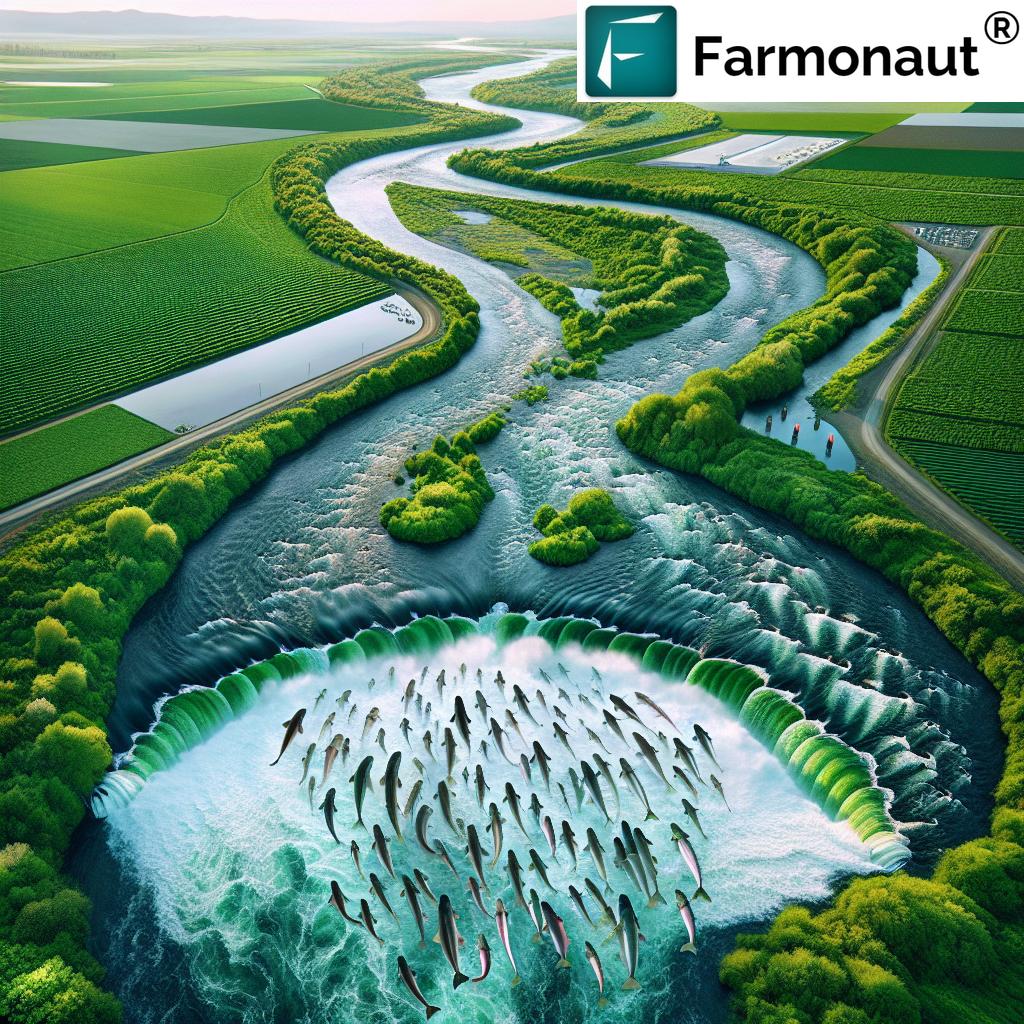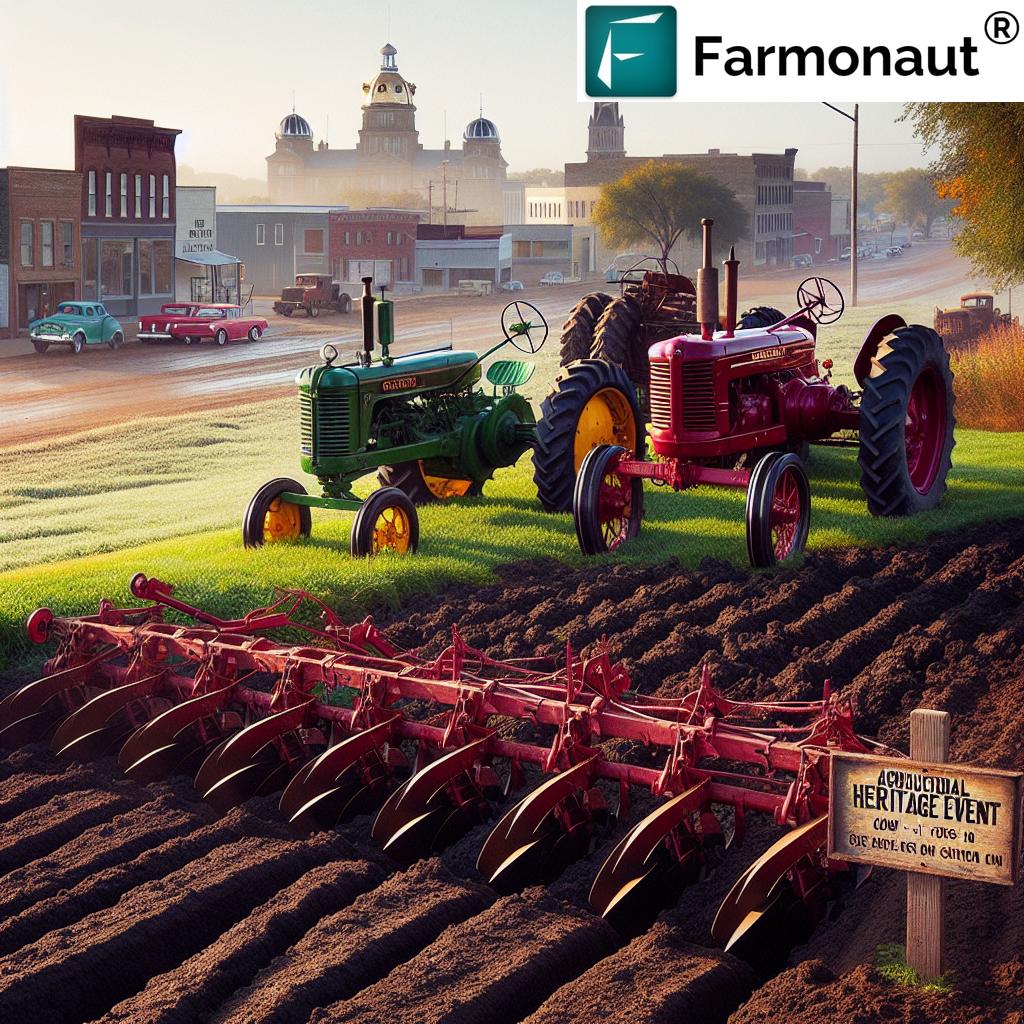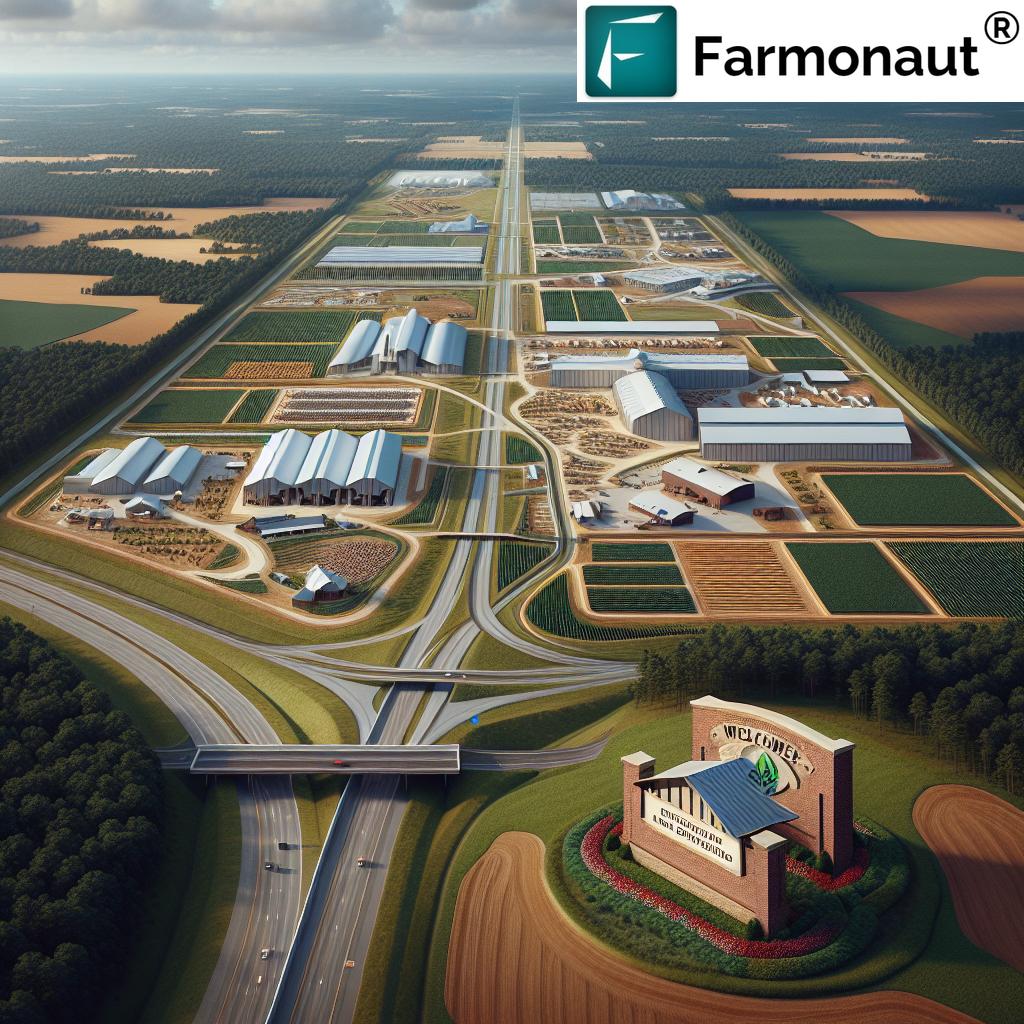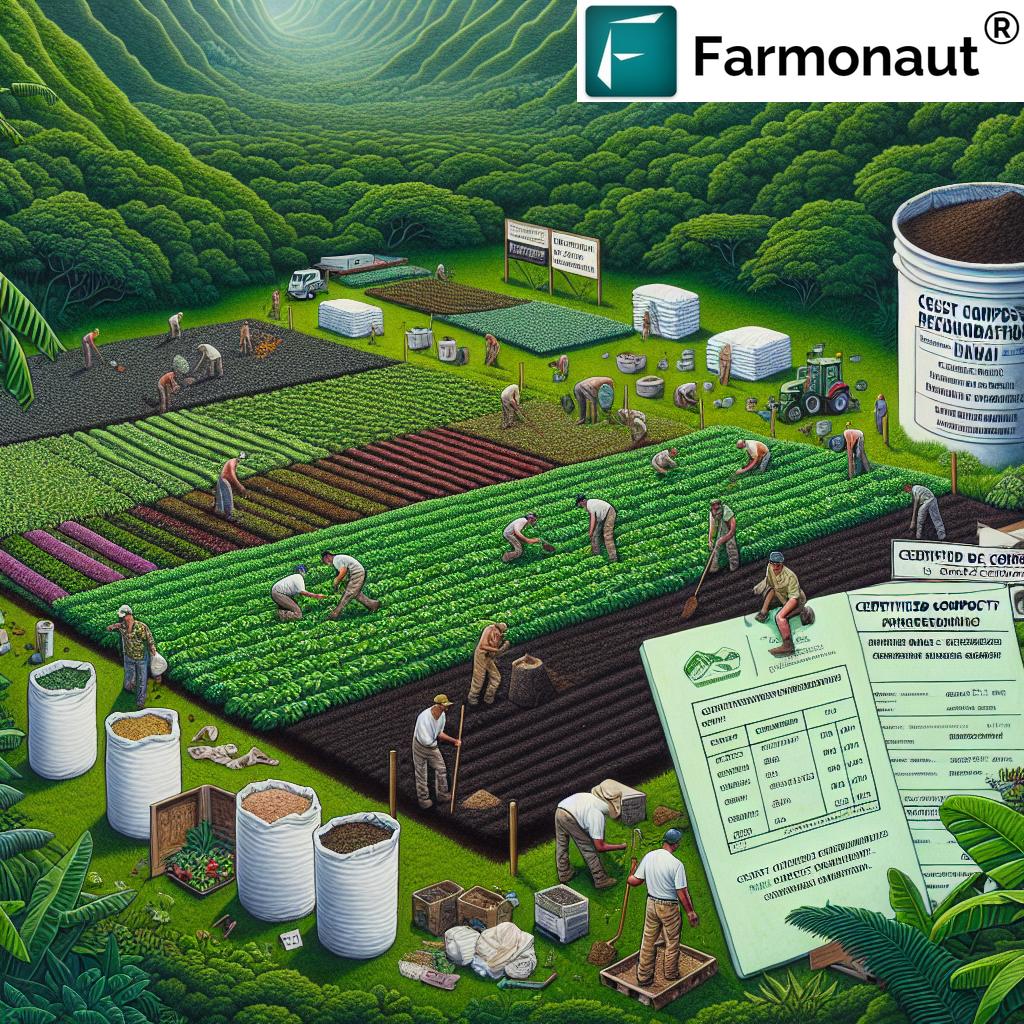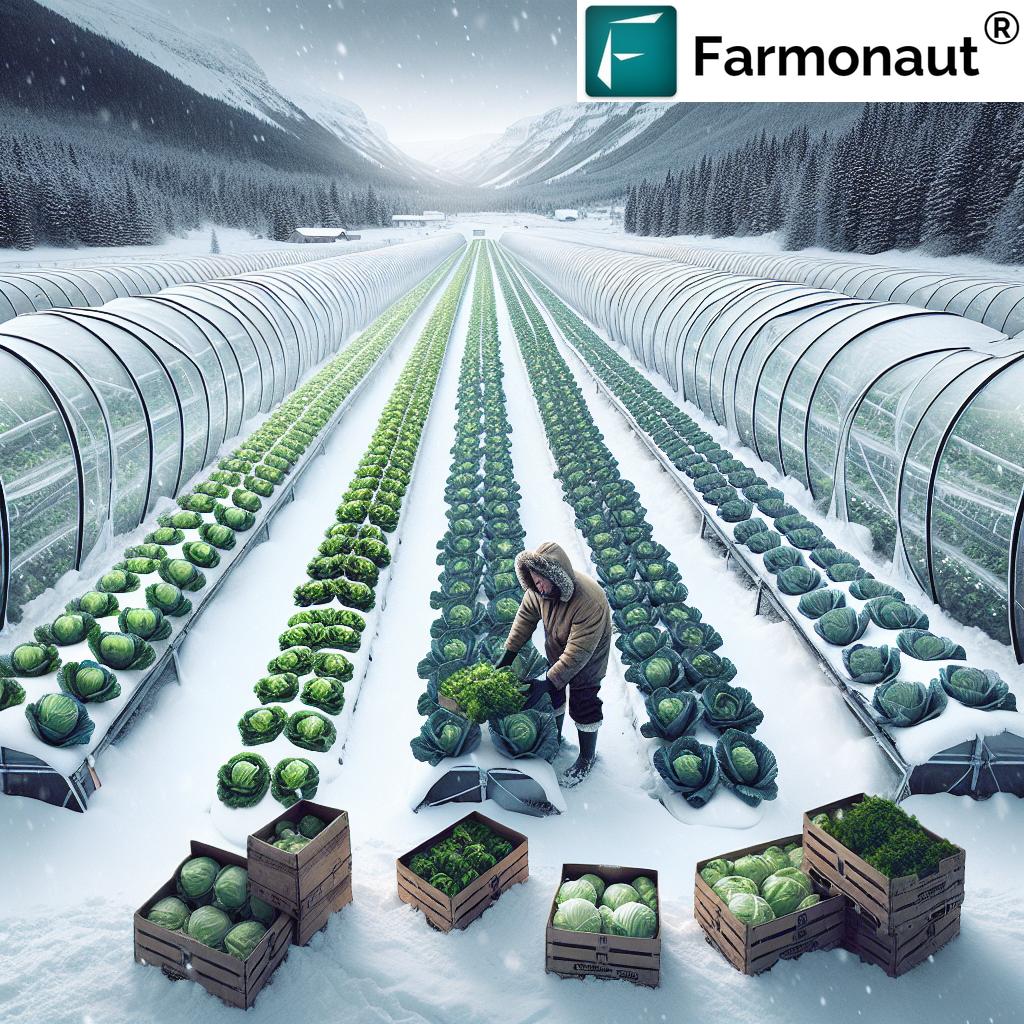“In 2025, over 85% of North Dakota’s farmland utilizes precision agriculture technologies for optimized crop production.”
North Dakota Agriculture Map & Farmland Trends 2025
North Dakota agriculture stands as a pillar of both the state and the wider United States agricultural economy, renowned for its vast, fertile farmland and advanced farming innovations. As we move further into 2025, North Dakota’s agriculture map reveals a landscape shaped by precision technology, sustainable practices, and resilient rural communities. This comprehensive overview offers insight into how North Dakota farmland is evolving to meet the demands of the present and the future, with an emphasis on technological advancements and sustainable methods that enhance crop yields and environmental stewardship.
Here, we’ll dive deep into the geographic factors, significant crop production, livestock, technology adoption, economic impact, and the future challenges and opportunities in agriculture North Dakota. We’ll also discuss how platforms like Farmonaut are helping farmers make data-driven decisions in their daily operations.
The North Dakota Agriculture Map: Geographic and Climatic Overview
North Dakota’s agricultural landscape is truly distinctive. Spanning approximately 31 million acres, the state’s rich, productive farmland encompasses some of the most fertile soils in the Midwest. The North Dakota agriculture map highlights the vast plains stretching across the eastern and central regions, with rolling prairies and a unique mix of loam and clay soils.
- Location & Soil Composition: North Dakota is located in the northern Great Plains, bordering Canada. The eastern Red River Valley features deep, black, organic-rich soils ideal for high-yield wheat, soybeans, and sugar beets. The western and central areas are characterized by more arid conditions, supporting crops like sunflowers, barley, and durum wheat.
- Climate: The state’s climate is marked by cold winters and warm, dry summers, creating a relatively short but intense growing season. This environment is conducive to spring and hard red wheat, producing high-protein grains prized worldwide.
- Water Resources: A network of rivers—most notably the Red River and Missouri River—supports irrigation, livestock, and community water needs. However, water conservation remains critical due to periodic droughts and variable precipitation.
Agricultural Zones & Land Usage
The North Dakota agriculture map shows areas predominantly dedicated to field crops—expansive fields in the east for wheat, corn, and soybeans, with cattle grazing and smaller grains more common in the west. Nearly 90% of land use remains agricultural:
- Cereal Grains: Including wheat, barley, and oats
- Oilseeds: Such as canola and sunflowers
- Pulse Crops: Dry edible beans, lentils, and peas
- Pastureland: Large areas devoted to cattle and livestock grazing
“North Dakota ranks among the top 5 U.S. states for sustainable farming practices implementation in 2025.”
Focus Crops and Livestock: Crop Production & Trend Analysis 2025
As of 2025, North Dakota remains one of the leading states in U.S. crop and livestock production. Here’s a deep dive into the state’s primary crops and agricultural products, as well as emerging trends and their global significance.
Primary Crops: What North Dakota’s Farmland Grows Best
The North Dakota agriculture map reveals fields rich with the following top crops:
- Wheat (especially hard red spring wheat): North Dakota consistently leads the nation in spring and durum wheat production. Its high-protein, high-quality wheat is valued both domestically and internationally.
- Durum Wheat: Essential for pasta, North Dakota is the country’s largest producer of this premium grain (view global market trends here).
- Barley: The state’s cool climate and unique soils create ideal conditions for malting barley—sought after by breweries worldwide.
- Corn: While not as dominant as in some midwestern states, corn remains vital for feed, ethanol, and as a rotation crop.
- Soybeans: Having experienced steady growth, soybean acreage continues to increase, supporting both livestock feed and booming biofuel markets.
- Sunflowers: North Dakota consistently ranks among the top producers for oilseed sunflowers, used for food and bio-oil.
- Pulses (dry edible beans, lentils, peas): The state leads the nation in dry edible bean production, with robust export demand.
Emerging Crop Trends & Diversification
- Specialty crops such as canola, flax, and chickpeas are gaining acreage, meeting diverse market demands.
- Expanding pulse and oilseed markets, driven by global protein demand and sustainable crop rotations.
- Increase in regenerative and organic farming, furthering the state’s reputation for sustainable agriculture.
Livestock: Beef, Dairy & Beyond
Livestock production complements North Dakota’s cropping systems.
- Cattle (Beef Production): The largest share, with vast pastureland supporting high-quality beef herds. North Dakota ranks high nationally in beef output.
- Dairy & Hog Farming: While smaller in scope, these sectors are steadily growing, backed by technological advancements and strong local demand.
- Livestock-grazing rotations help maintain soil fertility and reduce tillage, underpinning the state’s sustainability efforts.
Crop Rotation, Soil Health & Environmental Stewardship
- North Dakota farmers integrate advanced rotations to break disease cycles and replenish soil nutrients.
- Cover cropping and reduced tillage enhance soil structure, prevent erosion, and boost carbon sequestration.
Explore more on soil health and climate-smart agriculture solutions through this in-depth video.
Technological Advancements & Sustainable Practices in North Dakota Agriculture
Technology is fundamentally transforming agriculture in North Dakota. As of 2025, the state’s farmers are pioneers in adopting advanced agritech and precision farming tools, helping optimize yields, cut costs, and minimize environmental impact.
Precision Agriculture Adoption
- More than 85% of the state’s farmland now incorporates precision ag (GPS-guided tractors, satellite imagery, soil and water sensors).
- Use of drone technology and AI has surged, assisting in real-time crop health monitoring, soil analysis, and pest management.
- Application of variable rate technology (VRT) ensures precise input (fertilizer, seed, water) application, maximizing efficiency and minimizing waste.
Sustainability: Practices Driving Soil and Water Quality
- No-till and Reduced-till Farming: Over two-thirds of North Dakota farmland is under no-till or conservation till, reducing erosion and improving moisture retention.
- Cover Cropping and Crop Rotations: Farmers use diverse rotations and ground cover to enrich soil, bolster biodiversity, and control pests naturally.
- Water Management: Innovative irrigation monitoring and rainwater harvesting systems ensure optimal use of scarce water resources, crucial in drought-prone periods.
- Environmental Monitoring: Carbon footprinting tools empower producers to measure and manage climate impacts, boosting compliance with global standards.
These efforts have cemented North Dakota’s status as a national leader in sustainable farming, balancing productivity with environmental care.
Data-Driven Decision Making and Farm Management
Decision support from real-time monitoring, weather analytics, and blockchain traceability is becoming mainstream. Here, robust solutions like Farmonaut’s platform enable producers to monitor crop health, make informed seasonal decisions, and increase transparency.
- Product traceability is enhancing food safety and supplier transparency across markets.
- Fleet management tools optimize farm logistics, reducing costs by improving vehicle and machinery deployment.
The crop loan and insurance tools offered on the Farmonaut platform make it easier for North Dakota farmers to access financing and risk management solutions through satellite-based verification, streamlining the process and minimizing fraud.
Estimated Crop Production & Technology Adoption Table by County (2025 Projection)
To further clarify North Dakota’s agriculture map and production trends, the following table summarizes projected key performance metrics for some of the state’s major farming counties in 2025:
| County Name | Top Crop (2025) | Estimated Harvested Acres | Estimated Yield per Acre | % Farmland Using Precision Agriculture | % Farms Adopting Sustainable Practices | Projected Year-on-Year Growth (%) |
|---|---|---|---|---|---|---|
| Cass | Spring Wheat | 800,000 | 61 bu. | 92 | 79 | 3.2 |
| Grand Forks | Soybeans | 600,000 | 51 bu. | 88 | 77 | 2.8 |
| Richland | Corn | 500,000 | 151 bu. | 87 | 71 | 2.2 |
| Burleigh | Durum Wheat | 300,000 | 58 bu. | 85 | 74 | 2.5 |
| Ward | Barley | 230,000 | 61 bu. | 84 | 73 | 1.9 |
| Towner | Sunflowers | 120,000 | 1,900 lbs. | 80 | 69 | 1.3 |
| Lamoure | Dry Edible Beans | 95,000 | 2,200 lbs. | 83 | 75 | 1.8 |
| Mountrail | Canola | 85,000 | 1,800 lbs. | 81 | 67 | 1.5 |
| McKenzie | Hay & Pasture | 480,000 | 2.4 tons | 76 | 62 | 1.0 |
Economic Impact, Rural Communities & Market Challenges
Agriculture North Dakota continues to serve as the backbone of the state’s economy, representing more than $12 billion in annual output and supporting thousands of jobs in rural areas statewide. Here’s how agriculture in North Dakota shapes the social and economic fabric of its communities:
- Exports: Grain, oilseeds, and pulse crops from North Dakota reach global markets—including Canada, Mexico, Asia, and Europe.
- Economic Resilience: Crop diversification and mixed livestock-crop operations make the state more resilient to climate events and commodity fluctuations.
- Employment: Farming and agri-processing are vital rural employers, underpinning local businesses, schools, and infrastructure.
Yet, the industry faces persistent challenges:
- Commodity price volatility – Dependent on both domestic and international markets, even minor shifts in grain prices can have outsized impacts.
- Climate variability – Drought, severe weather, unpredictable winters, and shifting pest cycles are increasingly relevant with climate change.
- Labor shortages – Recruiting skilled workers in rural communities remains a priority.
- Infrastructure needs – Upgrading roads, broadband, and agricultural logistics will be essential for future growth.
- Resource Management – Large scale farm management solutions can offer a competitive edge through consolidated monitoring and better operational decision-making.
North Dakota Farmland Ownership, Land Use & Conservation
Ownership of North Dakota farmland largely remains family-centric, with multi-generational farm families stewarding a majority of land parcels. However, several trends define land use and conservation in 2025:
- Institutional & Corporate Interest – Fertile land and stable returns have attracted some institutional and agribusiness investors, especially in large tracts suitable for advanced farming technologies.
- Conservation Enhancement – Increasing acreage is devoted to conservation (e.g., buffer strips, wetland preservation, pollinator habitats) supported by government and private initiatives.
- Land Use Policy – State and federal programs guide sustainable development, ensuring that farmland remains productive while protecting water quality and wildlife resources.
Check out this comprehensive market price trends video for North Dakota wheat.
Satellite Technology, Sustainability & Farmonaut’s Role in North Dakota Agriculture
Farmonaut provides cutting-edge, satellite-powered solutions that help address several of the critical challenges facing North Dakota farmers in 2025. Our services empower individuals and organizations to leverage satellite imagery, artificial intelligence, and blockchain systems to support efficient, sustainable, and profitable agriculture.
- Satellite-Based Monitoring: With our platform, users can monitor crop health, soil moisture, and environmental changes across large and small land parcels in real time, enhancing productivity and sustainability.
- AI-based Advisory Systems: Jeevn AI dynamically analyzes weather patterns, crop conditions, and pest risks, delivering practical, satellite-driven guidance right to your device with near-real-time updates.
- Blockchain Traceability: Ensure transparency and secure supply chain data for your crops and products. Explore more about traceability for agri-businesses.
- Fleet and Resource Management: Track and manage agricultural machinery remotely, optimize logistics and reduce operating expenses via our scalable fleet management suite.
- Environmental Impact Monitoring: Our carbon footprint monitoring tools (learn more here) help North Dakota producers meet regulatory requirements and improve overall sustainability profiles.
- API Integrations: If you want to build your own ag-tech solutions or dashboards, access our data-rich API and developer documentation.
-
Mobile-First Applications: Android and iOS apps provide cross-device accessibility so you can farm smarter wherever you are.


Crop loan and insurance solutions empower North Dakota farmers to secure financing with confidence, using verifiable satellite data for efficient approvals and risk management.
For expert plantation insights, forestry advisory, and more, access our crop, plantation & forest management tools.
For those managing expansive acreage, large scale farm management solutions provide a streamlined control center for smart agriculture, integrating multi-field data into one platform.
View our web-based platform for comprehensive agricultural management.
Frequently Asked Questions: North Dakota Agriculture Map & Farmland Trends
What are the top crops grown in North Dakota in 2025?
The primary crops include hard red spring wheat, durum wheat, corn, soybeans, barley, sunflowers, and dry edible beans. North Dakota is a top national producer for several of these, particularly spring wheat and beans.
How does the climate affect agriculture in North Dakota?
Cold winters and warm summers create a short but productive growing season, especially good for wheat and small grains. Farm management practices and technology help mitigate challenges from unpredictable weather and drought.
What percentage of North Dakota’s farmland uses precision agriculture?
In 2025, more than 85% of North Dakota farmland uses some form of precision ag—such as GPS guidance, satellite imagery, and variable rate technology.
How is sustainable farming practiced in North Dakota?
Producers employ no-till and reduced-till techniques, cover cropping, diverse rotations, and strict water management. The state ranks among the top five nationally for adoption of sustainable practices.
Why is Farmonaut important to North Dakota’s agriculture sector?
Our satellite technology and AI-based analytics provide near-instant insights into crop health, soil conditions, and environmental performance, helping users manage resources, cut costs, and make timely decisions for enhanced yields.
Is your app available for all devices?
Yes, Farmonaut’s platform is available as a web/browser application as well as through dedicated Android and iOS mobile apps.
Where can I access API tools for custom agri-tech solutions?
Our API and developer documentation equip you to build custom applications for field monitoring, supply chain analytics, and more.
Conclusion: The Future of North Dakota Agriculture
North Dakota agriculture in 2025 epitomizes a future-forward, innovative, and resilient rural industry—driven by tradition yet open to the full force of technological advancements. From the vast expanse of farmland to the tightly knit rural communities that shape it, North Dakota stands as a prime example of how sustainable practices and advanced insights lead to high-quality crops, robust livestock herds, and powerful engagement with global markets.
As we look ahead, tools that offer real-time, data-driven decision support, like those provided by Farmonaut, will remain pivotal in keeping the state’s agriculture strong, profitable, and sustainable amid the dynamics of environmental change and international demand.
With a foundation built on a rich heritage and a future defined by technology and innovation, North Dakota farmland will continue to be a vital asset—producing food, supporting jobs, and exemplifying resilience for generations to come.



